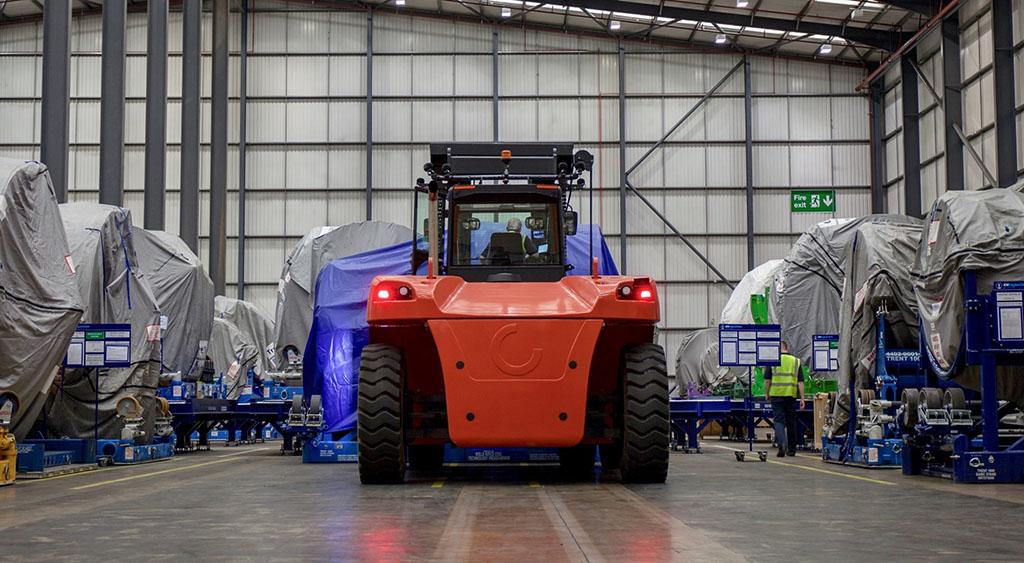
While several widely followed guidelines and frameworks exist, the transportation of aircraft engines lacks truly unified global standards that cover every aspect of the process comprehensively, according to logistics experts at Kuehne+Nagel.
Aerospace organizations must comply with applicable statutory and regulatory requirements, and these are controlled by strict certification programs to ensure global consistency in how aircraft engines are operated, including maintenance programs, staff qualifications, parts, processes and document control.
However, with the transportation of aircraft engines, there are no strict mechanisms regulating the transportation stakeholders, processes and equipment, claims Marcelo Riso, global aerospace product manager at Kuehne+Nagel.
“This creates a gap in the certification chain,” Riso tells Inside MRO. He says that while MROs, OEMs and operators adhere to stringent certification guidelines for mechanics, procedures and parts at both ends of the supply chain, these standards are often disregarded during transport.
“Aircraft engines are sometimes handled by inexperienced staff in uncontrolled environments, resulting in unnecessary damages and incidents,” he says.
Currently, the landscape remains fragmented, requiring companies to navigate a patchwork of guidelines and best practices for engine transportation. It was only in 2022 that the International Air Transport Association (IATA) issued the “Carriage of Aircraft Engine by Air” program which provides operational guidance, industry recommendations and best practices to improve safety compliance and operational efficiency. The final document has been incorporated into the IATA Cargo Handling Manual as Appendix L.
Riso welcomes the document and initiative, but he argues that it does not have regulatory influence and enforcement to validate procedures and qualification of staff, nor does it address the qualification of the suppliers.
Riso also flags the transportation manuals issued by the engine OEMs which are typically engine-type specific and often over 50 pages long. He says these are also not publicly available, so it is hard for the transportation industry to gain access and other important document management features such as version control and accessibility.
“Transporting a [Rolls-Royce] Trent 1000 is very different from transporting a [CFM International] CFM56. It’s not a regulated market when it comes to engine stands; there are many stands that are not authorized, certified or supported by the engine OEM,” Riso says. He adds that they could influence shipping characteristics of the engine and have different handling aspects which often are not covered by the OEM manual.
Riso reckons industry standards are generic by nature and need to be translated into transport and handling specific requirements. “We have done these translations in the form of our own specific regulations, policies and processes,” he says. “We have established our own engine policy, which is the baseline for our internal engine certification program.” Accordingly, Kuehne+Nagel says this qualifies staff, suppliers and infrastructure to accommodate engines in a safe manner and prepares them to deal with each of the engine type shipping particularities.
In response to the lack of external regulation programs overall, Kuehne+Nagel has established its own “EngineChain” program which is internally regulated by quality and safety departments. The company also participated and contributed to the guidelines in IATA’s special load task force, which resulted in the IATA’s Carriage of Aircraft Engine by Air initiative.
“We will continue to push for more stringent procedures to better regulate the transportation of such assets, and to gain better access to transportation manuals,” says Riso.





